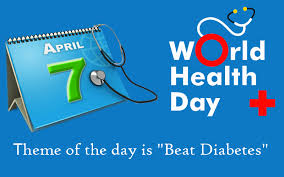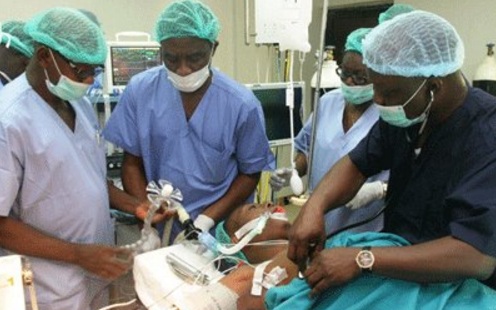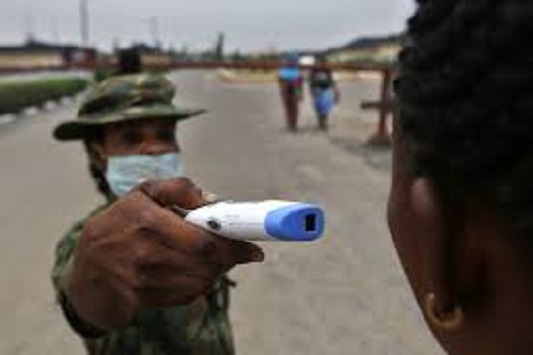World Health Day and Diabetes

Yesterday, April 7, 2016, the international community marked the World Health Day. Marking the occasion, the World Health Organisation (WHO) called for concerted action to stem the increasing number of people living with diabetes and its staggering burden and consequences, especially in low and middle income countries. Notably, the WHO recommended a set of specific, effective and affordable action to tackle diabetes. As matter of tradition, the World Health Day is always an opportunity by WHO to draw worldwide attention to a subject of major importance to global health each year. This year’s theme is ‘Beat Diabetes’.
According to the World Health Organisation(WHO), the number of people living with diabetes has nearly quadrupled since 1980 to 422 million adults, with most living in developing countries, even as the disease is responsible for some 1.5 million deaths. Moreover, WHO estimates that by 2030, diabetes will be the seventh leading cause of death in the world? Even though the number of diabetes sufferers remains sketchy in Nigeria, it is estimated that about 10 million people have the disease. Diabetes is a serious complex condi¬tion which can affect the entire body and it occurs when the amount of glucose in an individual’s blood is too high because the body cannot use it properly. This happens when the pancreas becomes incapable of producing enough insu¬lin, to help glucose enter the body cells which are often referred to as insulin resistance. Unfortunately, not many people are aware they have the disease until complications set in. Investigations reveal that one in two people with diabetes do not know they have the condition. Medical experts say that there are two types of diabetes usually known as Type 1 and Type 2.
Type 1 Diabetes is caused by failure of pancreas to produce insulin. However, some risk factors are known to increase chances of becoming diabetic. Risk factors include family history, age, race and history of gestational diabetes. Like other non-communicable diseases, no clear-cut cause(s) can be attributed to the cause of Type 2 Diabetes. According to medical experts, Diabetes is characterised by excessive urination, excessive thirst, unusual hunger, weight loss, general weakness, dizziness and blurred vision amongst others.
Incidentally, most symptoms may remain undiagnosed for a long time, thereby leading to complications which might affect the eyes, brain, heart, peripheral nerves, and kidney, with disastrous consequences. Sadly, Diabetes has no permanent cure; once it develops, it is managed all through life. Therefore, in order to reduce risk of the disease, there should be conscious efforts keep within a corresponding weight bracket; increase in physical activity; reduction in alcohol intake; avoidance of smoking; developing good eating habits, cutting down on fatty foods and junks; eating more of fish and poultry; reducing salt intake; eating more of vegetable and fibre and constant monitoring of the fasting blood sugar.
For the federal and state governments, it is imperative they create awareness by educating the masses on diabetes. In addition, diabetic patients should enjoy free treatments, as this will prolong the lives of sufferers, and reduce complications of the disease. We therefore recommend that diabetes and other non-communicable diseases be incorporated into Primary Health Care (PHC) for awareness creation at the grassroots, even as federal and state governments should create centres where blood sugar can be screened and necessary referral made if need be








